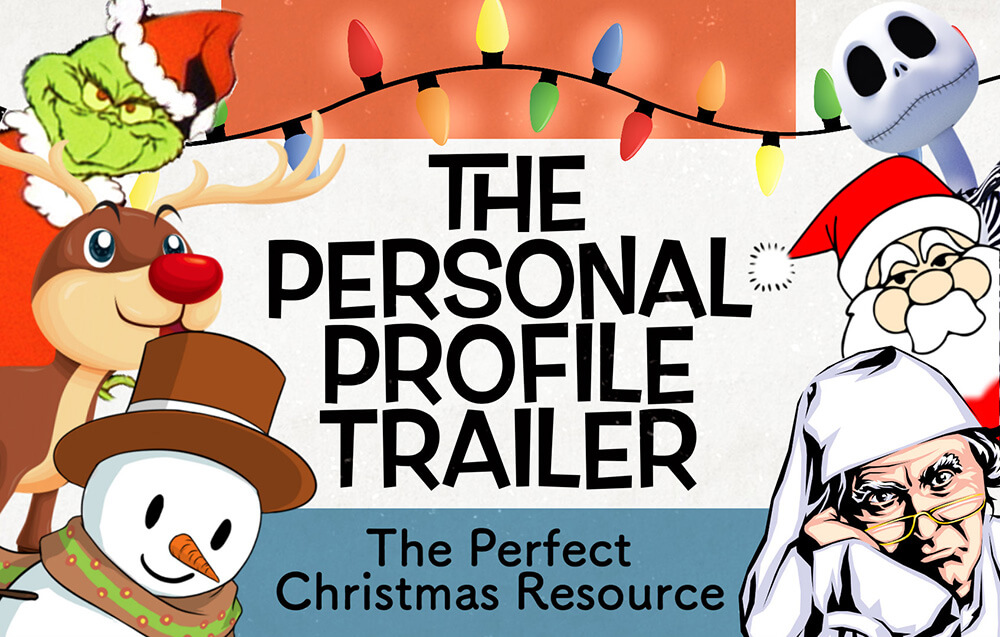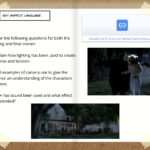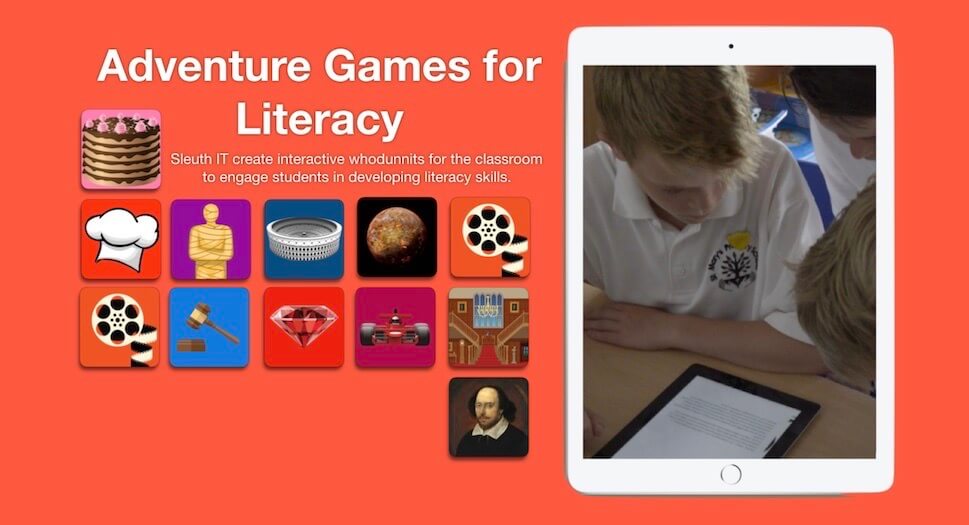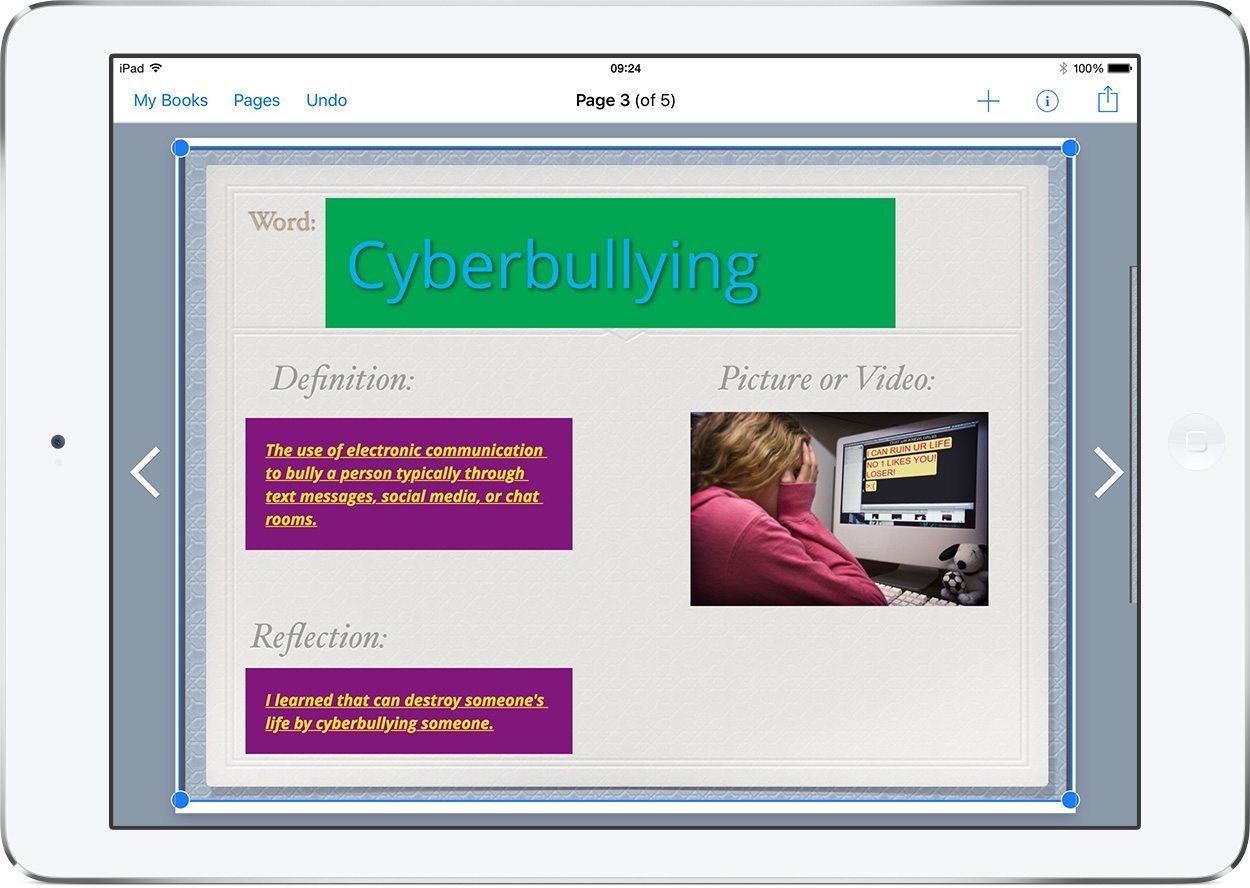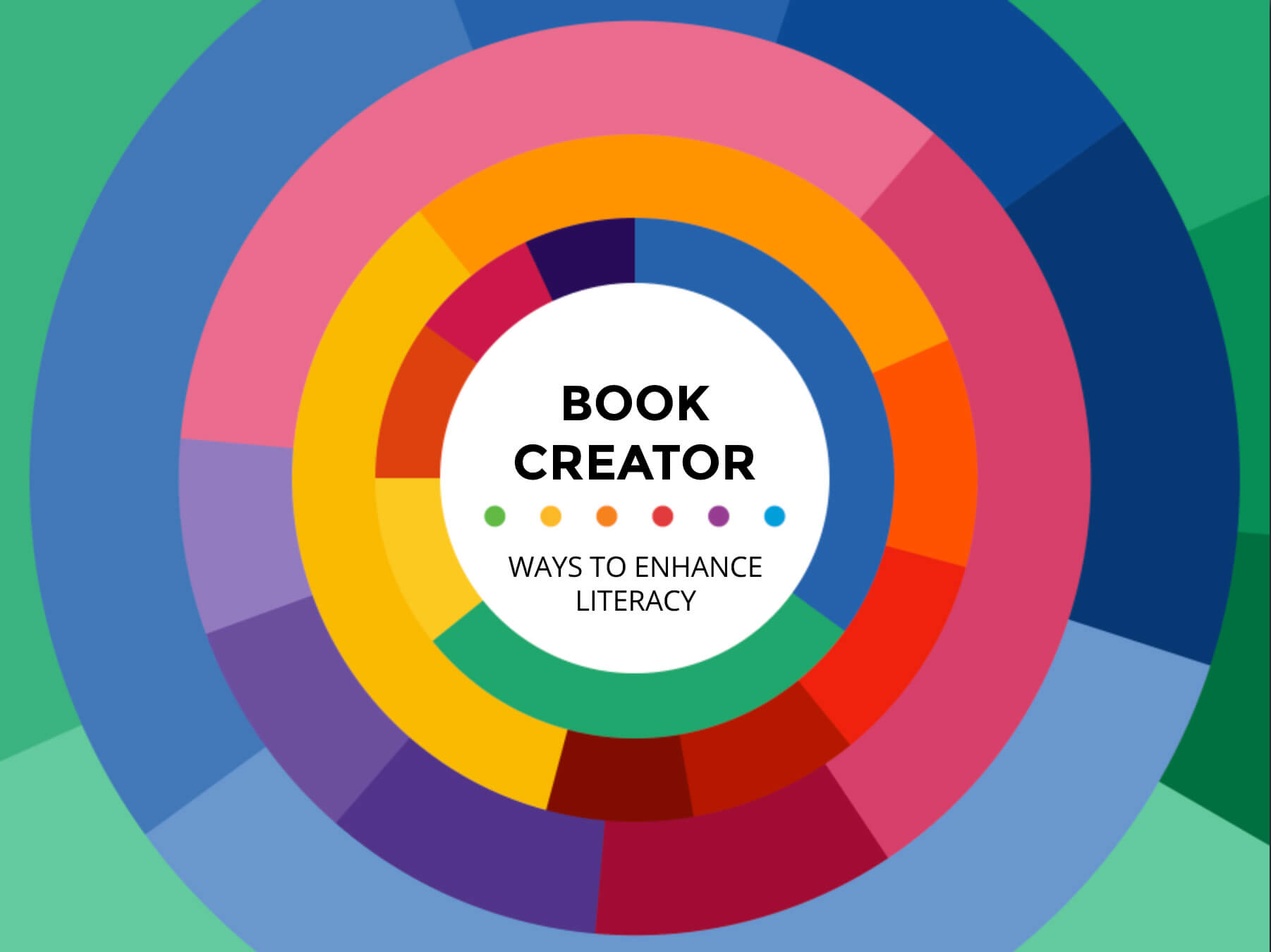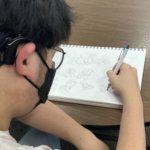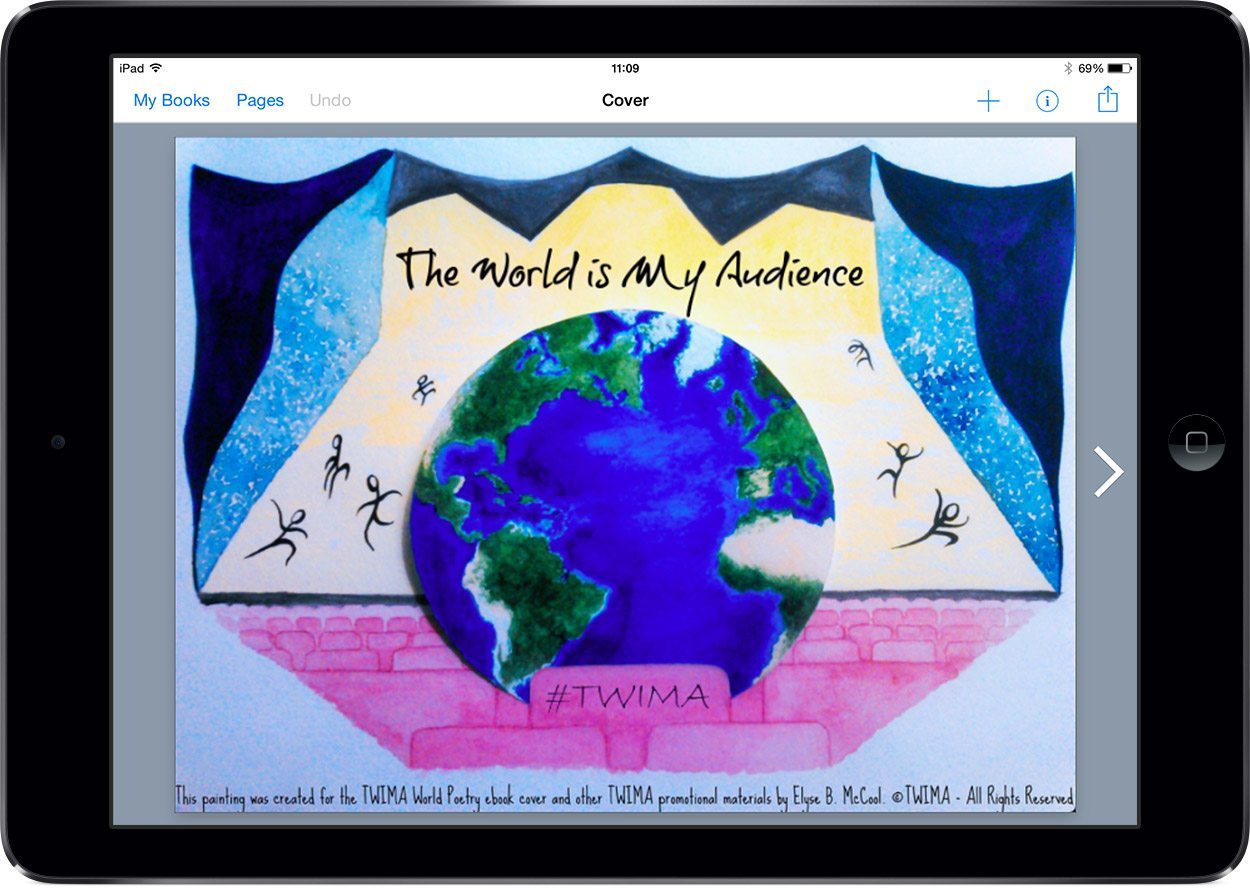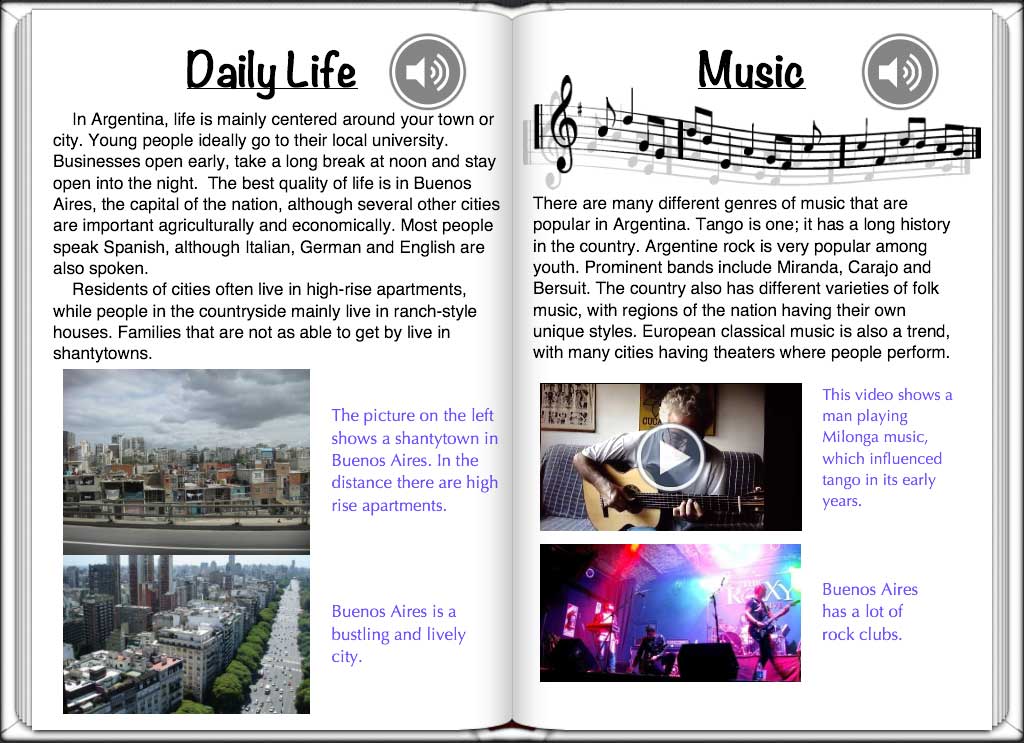I’ve been thinking a lot about the need to prepare my students for their future and how I can help develop the skills and mindset they’ll need to solve some pretty big global challenges we now face.
While I see my STEM and science colleagues integrating skills like creativity, problem-solving and ideation, technology use and innovation, I often wondered how I could integrate these skills into my journalism, film and photography classes.
Until I realized that I already do.
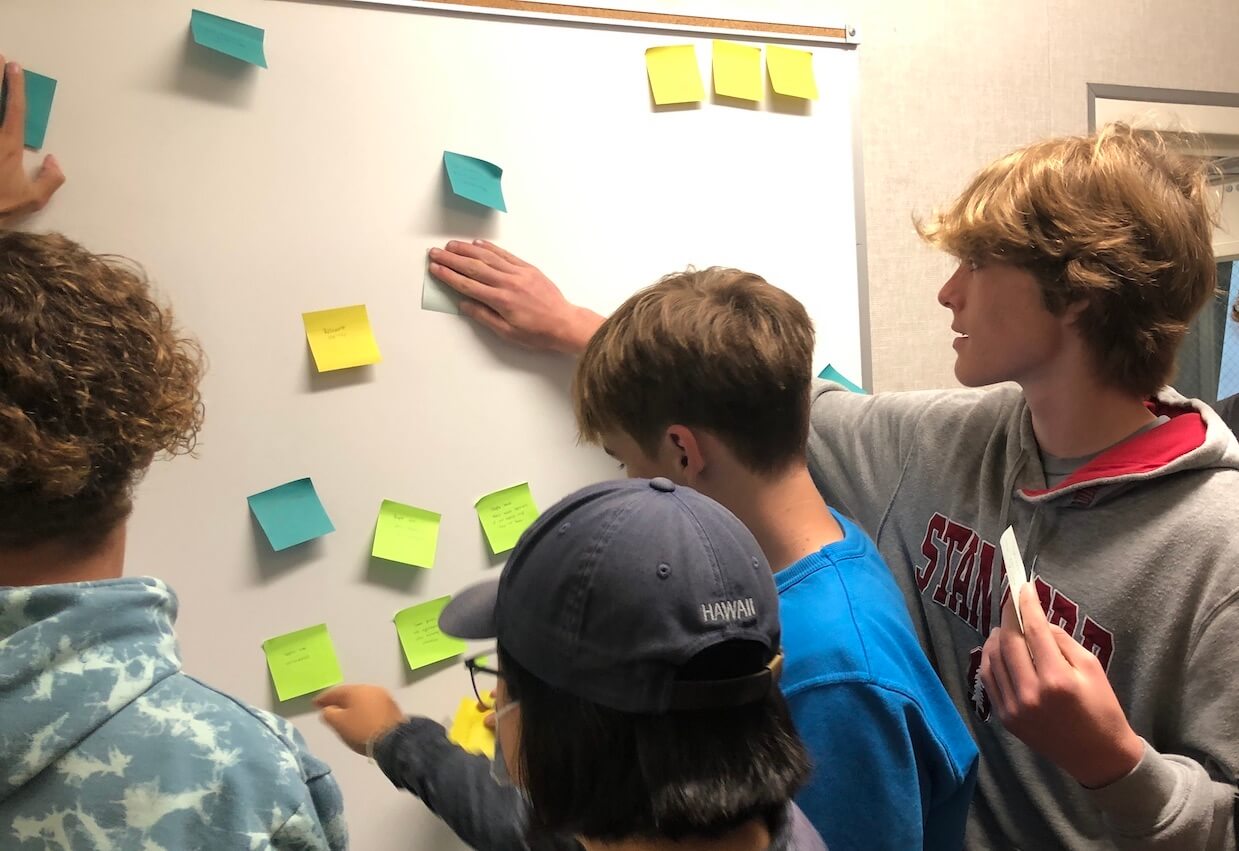
Often thought of as either a frivolous hobby during our downtime, or a one-way fire hydrant of information from textbooks in school, working with student storytellers over the past 23 years has illuminated the idea that, if done right, student-made digital stories can be a powerful learning experience and creative problem solving exercise.
Design thinking is the idea of taking a problem that affects people—like reducing carbon emissions, or making the lunch lines move faster—then developing, prototyping and testing solutions to that problem.
Stories follow the same process, particularly in non-fiction stories like journalism, documentaries, and podcasts where each story is a problem to solve (an inquiry-based exercise), then researched, drafted, tested, revised (edited), and published.
Like scientists and engineers who design, build, and test machines and structures, storytellers do the same, but with ideas. As stories are researched and written, the process sparks new ideas and questions in the mind of students, and the story—and our understanding of the concepts around it—evolves.
Unlike reports or tests, the purpose behind digital stories (like books published with Book Creator) is to create a product for an end user–the audience– to solve a real world problem that they might have.
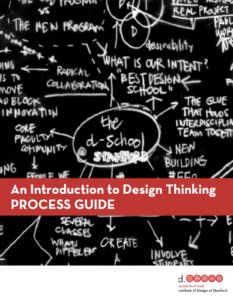 The Stanford d.school does a nice job defining the steps of the design thinking process.
The Stanford d.school does a nice job defining the steps of the design thinking process.
I added their storytelling equivalent:
-
Empathize (who are you designing for?) → Observation, interviews, character studies
-
Define (Craft an actionable problem statement) → focus statement, story themes
-
Ideate (idea generation) → Brainstorm story topics, story pitches
-
Prototype → Storyboards, story outlines, scripts
-
Test → Workshop, peer feedback
Once students have gone through this process, they’re ready to create their stories.
Example of a story as design thinking
Climate Change PSA
Students create a public service announcement (PSA) or social media campaign to get an audience to change behaviors that have a negative impact on the climate. They curate their videos (along with supporting research and resources) in a digital book made with Book Creator.
The design thinking storytelling process might look something like this:
- Empathize: Conduct research and interview people in the target audience to find out the biggest obstacles to changing their behavior, like driving cars frequently, or keeping the thermostat high
- Define: Develop a story theme/concept that addresses ways to change that behavior
- Ideate: Pitch ideas for stories to the class to get feedback
- Prototype: Draw storyboards for the PSA, and/or write a draft of a script
- Test: Get feedback from classmates and teachers about this prototype (script)
Once final changes are made to the script based on feedback in the Test phase, students can produce and publish the video.
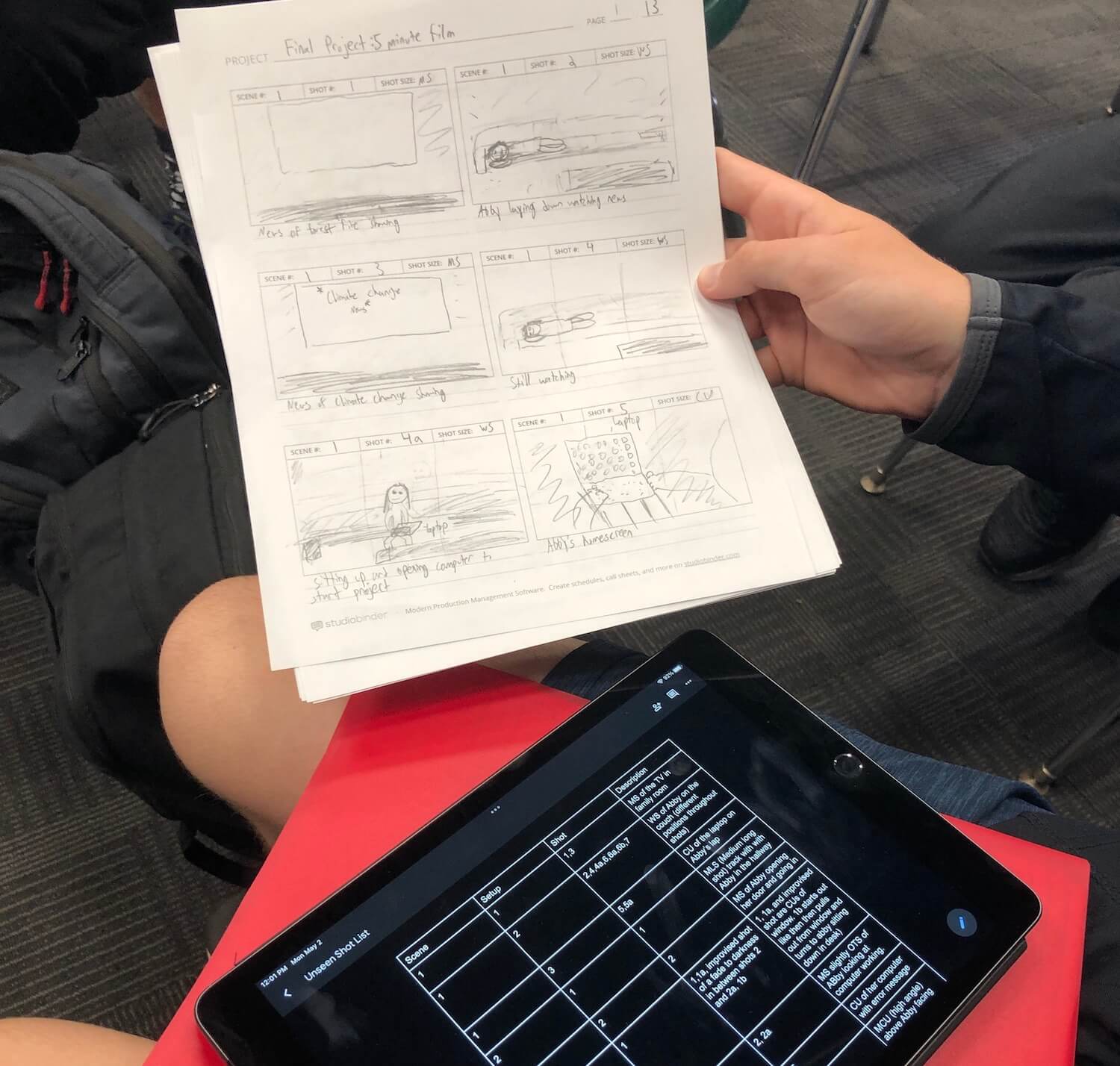
Now your turn!
Most teachers require students to create some kind of project, report, or presentation during the year. Try turning one of these into a digital story design thinking challenge.
- Language teachers might challenge students to develop a literacy campaign to encourage members of the community to read books written by authors from diverse backgrounds.
- Social Studies teachers might challenge students to produce documentaries about the unknown histories of their community or state, and publish these in a digital book that also includes citations, maps, and links to other historical websites.
- Art students can create a digital book of portraits and self-portraits of community members that explores identity and perception of others.
- Math students can take a rumor, myth or conspiracy theory they’ve heard about and create a book of data visualization infographics to explain the concept and debunk the misperception.
In the end, your students will be so engaged with solving their challenges and creating stories that they’ll forget that they’re even learning!
Have a success story with storytelling as design thinking? Share your stories and digital books using the #BookCreator hashtag.
Michael is an award-winning teacher, author, and international speaker in Los Angeles whose work focuses on digital and civic literacy, social justice, and student-centered learning experiences. His new book about authentic learning, Storytelling With Purpose: Digital Projects To Ignite Student Curiosity, leverages student passion to solve some of the biggest challenges educators face, like low student engagement and artificial intelligence. He is a Book Creator Ambassador, and the author of Book Creator for the High School Classroom. Find out more about Michael on his website.



